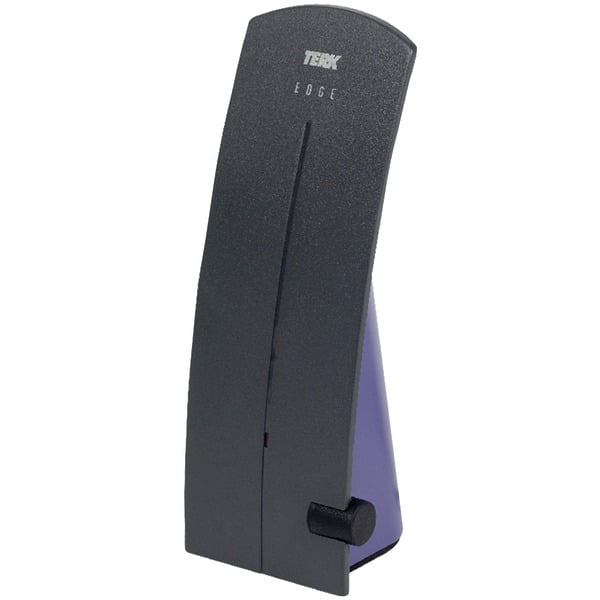
The lens board is secured with three screws. Now you are looking at the guts of the camera. Once you get it going a little bit, depress the rewind button and gently wiggle the front cover until it comes off. 4. Carefully depress the shutter release button and begin to separate the front cover of the camera. Take those out and add to the tray with the magnet. Open up the camera back and locate the two screws on the left hand side of the camera inside the film supply chamber.

Take out the lone screw you will find on the left hand side of the camera and put in a tray with the magnet. No rocket science here squeeze the prongs with some needle nose pliers and pull the part out and put into a tray. The first thing you want to do is take out the rewind crank. If you lose a spring, you may render your camera useless! Material: 1. Also I like to keep a magnet around to corral the small screws and springs. Before you start, get a few bowls or trays to hold your parts.

To do all the modifications, we'll have to go two "Layers" deep. OK, before we can start adding goodness, we'll have to disassemble the camera. When I say left or right side of the camera, that would be as if you were standing behind the camera just like you would be if you were composing and taking a photograph. Despite these issues, the camera has earned a cult following.lets try to increase the congregation by adding some additional capabilities. The back cover is notoriously difficult to open. Viewfinder covers about 80% of what ends up on the film. Most people consider this a feature rather than a limitation. Many will only use 24 exposure rolls to minimize the stress on this part. With high torque, a small piece of plastic can break off making the winding mechanism useless. One well known issue is the quality of the winding mechanism. Many from Superheadz models are shipping with a nice ruggedized rubber coating. All the clones seem to be about the same, except in different colors. I'm sure that Vivtar has lost whatever patent rights they had on the camera design because there are plenty of clones out (mostly from Superheadz) there now ready to sell to unsuspecting hipsters at premium prices. The only real difference was an exceptionally wide angle lens designed for expanses like the Grand Canyon. It was just one in a long line of crappy plastic cameras. I can only imagine how astonished the Vivitar executives were at the success of a small and nondescript camera aimed at the low end camera market. You can just ignore the added capabilities and stick to what you know. The best part of these modifications is that it does not change the basic functionality of the camera. I for one like to have the capability to extend my creative vision-however myopic. Hot Shoe Some may argue that adding additional photographic features defeats the purpose of a simple point and shoot. In this Instructable, we’ll modify the Vivitar Ultra Wide and Slim (hereafter called UWS) and give it some additional photographic control features such as: 1. It has one shutter speed (1/125 sec), one aperture (f11), and one focal length (22mm). I bought mine at a thrift shop for $1.50 so I'm not too afraid to dig into it and do some modifications!įor all its cromulence, the camera is a little limited in photographic capability. Now it is the quintessential hipster, retro, future, anarchist imaging device! The cost has gone up in proportion with its popularity and now commands $25 to $50 for one of its many clones.

No, its not on the International Space Station.yet! The Vivitar Ultra Wide and Slim was a simple point and shoot plastic camera barely worth the few dollars it costs ….


 0 kommentar(er)
0 kommentar(er)
